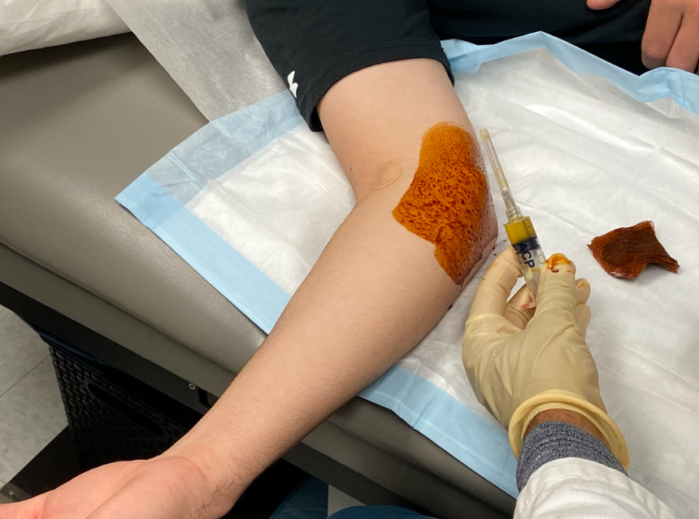Baseball is a physically demanding sport that places significant strain on the shoulders of players, particularly pitchers. Shoulder problems, even in young athletes, can impact performance and future prospects. Platelet-Rich Plasma (PRP) therapy has gained attention as a regenerative treatment option for various musculoskeletal issues, including those affecting shoulders. In this article, we’ll delve into the considerations surrounding PRP therapy for shoulder problems in young baseball players and whether it could be a beneficial avenue for their recovery.
Understanding Shoulder Problems in Baseball Players
Shoulder problems are not uncommon in baseball players, especially pitchers. The repetitive motion of throwing, coupled with the high-speed actions, can lead to issues such as rotator cuff injuries, labral tears, and inflammation. These problems, if not addressed properly, can lead to pain, reduced performance, and even long-term damage.
PRP Therapy: An Overview
PRP therapy involves drawing a small amount of the patient’s blood, processing it to concentrate the platelets and growth factors, and then injecting this PRP solution into the affected area. The growth factors in PRP are believed to accelerate tissue repair, promote healing, and reduce inflammation.
Benefits of PRP for Young Baseball Players:
- Non-Invasive: PRP therapy offers a non-surgical, minimally invasive approach to addressing shoulder problems, potentially avoiding the risks associated with surgery.
- Natural Healing: PRP uses the athlete’s own blood, reducing the risk of allergic reactions or adverse side effects.
- Tissue Regeneration: The growth factors in PRP can potentially stimulate tissue regeneration, helping to repair damaged structures in the shoulder.
- Reduced Inflammation: PRP therapy’s anti-inflammatory effects might alleviate pain and discomfort, allowing for a quicker return to the game.
Considerations for Young Athletes:
- Professional Evaluation: Before considering PRP therapy, it’s essential for the young baseball player to undergo a thorough evaluation by a sports medicine physician or orthopedic specialist. A precise diagnosis will guide the treatment approach.
- Severity of Injury: The extent of the shoulder problem plays a role in determining whether PRP therapy is an appropriate option.
- Conservative Measures: Young athletes might first be advised to pursue conservative treatments such as rest, physical therapy, and modified training before considering more invasive options like PRP.
Individualized Approach:
PRP therapy is not a one-size-fits-all solution. The suitability of PRP treatment for a young baseball player’s shoulder problem depends on various factors, including the specific injury, the player’s age, and overall health.
While PRP therapy offers promising regenerative potential for addressing shoulder problems in young baseball players, its application requires careful consideration and professional guidance. Before exploring PRP treatment, it’s crucial for the athlete to undergo a comprehensive evaluation by a qualified medical professional. With the right diagnosis and treatment plan, PRP therapy could potentially play a role in accelerating healing and facilitating the player’s return to the game, allowing them to continue pursuing their passion with reduced pain and improved shoulder function.








